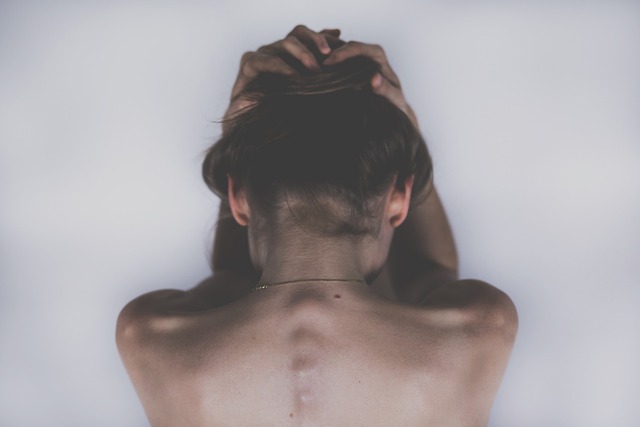Calculating the safe period for ladies and just how it functions
We females all know that typical ladies of childbearing age have one menstruation period monthly, and the period from the start of the existing menstruation duration to the initial day of the next menstruation period is called a menstruation.
From the point of view of birth control, a woman’s menstrual cycle can be split right into the menstruation period, the ovulation period and the risk-free period. Normally talking, the ovaries of women of regular reproductive age discharge just one egg each month. The egg endures for 1 to 2 days after discharge, and the sperm endures for 2 to 3 days in the female reproductive system. Fertilizing occurs within 1 day after ovulation, and the sperm sheds the capability to feed the ovum in greater than 2 to 3 days. Consequently, fertilizing is possible 2 to 3 days prior to and 1 to 2 days after ovulation, which is called the fertile duration or danger period.
II. The day of ovulation in females is usually concerning 14 days prior to the following menstruation period. To be on the risk-free side, we call the 5 days before and 4 days after the day of ovulation, together with the day of ovulation, an overall of 10 days, the period of ovulation. The rest of the duration, excluding the menstruation duration, is called the secure period. The risk-free period is divided right into a pre-ovulatory period and a post-ovulatory period. The duration from the day your period ends to the day before ovulation begins is called the pre-ovulatory duration. The duration from the very first day after completion of ovulation to the day prior to the next menstruation period is the post-ovulatory period. The risk-free duration after ovulation is much safer than the risk-free period before ovulation. This is because some females are often influenced by ecological changes and state of mind swings, which may cause them to ovulate earlier, therefore reducing the pre-ovulatory safe period, without them realizing it, that makes the pre-ovulatory safe period much less safe. Ovaries in a menstrual cycle in two succeeding ovulation opportunities are extremely few, that is, after ovulation to the next menstrual duration before the period will certainly not normally occur again the 2nd ovulation, so, after ovulation secure duration is relatively risk-free.
Third, the secret to utilizing secure period contraception is to identify the date of ovulation of females. When the ovaries ovulate, there is typically no unique sensation, even though some women might have signs such as lower stomach discomfort, lumbago, bloating and mood changes, yet these phenomena are not the distinct symptoms of ovulation, so they can not be utilized as the basis for ovulation. Menstrual cycle and ovulation are cyclical modifications, there is a close relationship in between both, if you grasp the pattern of adjustment of both, you can identify the day of ovulation with indirect approaches. There are many means to identify the date of ovulation, yet the approaches that ladies can understand on their own include: predicting according to the menstrual cycle, determining the basic body temperature, and observing the secretion of cervical mucous, and so on. The risk-free duration contraceptive method is an organic method. Because the safe period technique is a physiological contraceptive method, it is only ideal for couples with regular menstrual cycles, regular lives, long-term common-law marriage, and common cooperation and understanding between both events; it is not appropriate for pairs with irregular menstrual cycles, pairs that are seeing their family members, and pairs whose living settings change often. For newbies, the newlyweds, the two of them, it is hard to manage the time, yet additionally when the honeymoon journey, living atmosphere changes, psychological enjoyment, ovulation is harder to understand, contraceptive failing is likewise “practical”, so the newlywed duration is also not appropriate for this technique of contraception.





